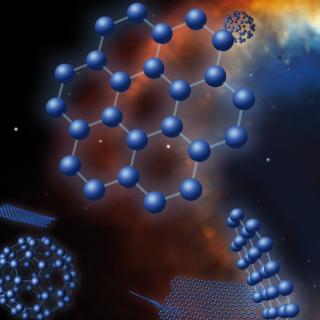Bibcode
Cataldo, Franco; Barzaga, Ransel; García-Hernández, D. Aníbal; Manchado, Arturo; Di Sarcina, Ilaria; Cemmi, Alessia
Bibliographical reference
Journal of Radioanalytical and Nuclear Chemistry
Advertised on:
4
2025
Citations
0
Refereed citations
0
Description
The chain scission radiation chemical yield G(S) of irradiated PLLA films has been calculated directly from the ketone absorption band of its FT-IR spectra recorded at different absorbed dose. The maximum value G(S) = 2.85 ± 0.1 scission/100 eV was determined at 100 kGy, in excellent agreement with previously reported G(S) but determined from CO2 and CO gas analysis. Furthermore, from the FT-IR spectra, the rate constant of PLLA radiolityc degradation was determined in the range of 4.2–4.5 × 10–3 h‑1 at a dose rate of 3 kGy/h. The optical rotatory dispersion analysis of the irradiated PLLA films has shown that the complete radioracemization is reached at 100 kGy. The irradiated PLLA films were also analyzed by thermal analysis (both DSC and TGA) and spectrophotometrically.
Related projects

Nucleosynthesis and molecular processes in the late stages of Stellar Evolution
Low- to intermediate-mass (M < 8 solar masses, Ms) stars represent the majority of stars in the Cosmos. They finish their lives on the Asymptotic Giant Branch (AGB) - just before they form planetary nebulae (PNe) - where they experience complex nucleosynthetic and molecular processes. AGB stars are important contributors to the enrichment of the
Domingo Aníbal
García Hernández